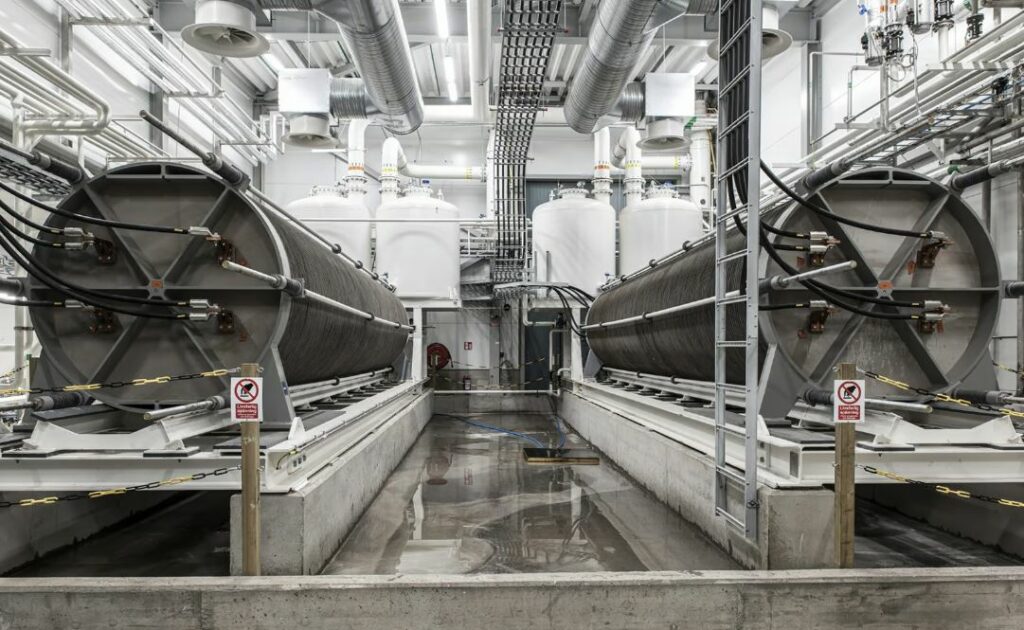The HYBRIT initiative, a collaboration between SSAB, LKAB, and Vattenfall, aims to revolutionize the iron and steel industry by virtually eliminating carbon dioxide emissions through the use of fossil-free hydrogen and electricity.
The recent release of a six-year research report marks a significant milestone for the project. While the results are promising, it’s crucial to scrutinize the broader implications of HYBRIT’s claims, particularly in the context of industry benchmarks and global sustainability goals.
HYBRIT’s report highlights several achievements, including the development of a hydrogen-based technology for iron reduction that reportedly results in zero CO2 emissions per tonne of steel. This is an impressive claim, yet it raises questions about scalability and the long-term viability of the process. The pilot plant in Luleå has produced over 5,000 tonnes of hydrogen-reduced iron, but the transition from pilot to industrial scale remains a significant challenge. The technical complexities of maintaining such low emission levels in full-scale operations need careful consideration.
The iron and steel industry is one of the largest contributors to global carbon emissions, and initiatives like HYBRIT are essential in the fight against climate change. However, it’s important to contextualize HYBRIT’s progress within global industry standards. For instance, the International Energy Agency (IEA) has set specific targets for decarbonizing the steel sector by 2050. While HYBRIT’s approach is innovative, it remains to be seen whether it can meet these ambitious targets on a global scale, especially when compared to other emerging technologies.
Transitioning to fossil-free steel production is not only a technical challenge but also an economic one. The HYBRIT initiative has secured funding from various sources, including the EU Innovation Fund and the Swedish Energy Agency, but the economic feasibility of scaling up this technology remains uncertain. The cost of producing hydrogen through electrolysis, along with the infrastructure required to support it, is still high compared to traditional methods. Moreover, the environmental impact of large-scale hydrogen production, including water and energy usage, must be weighed against the benefits of reduced carbon emissions.





